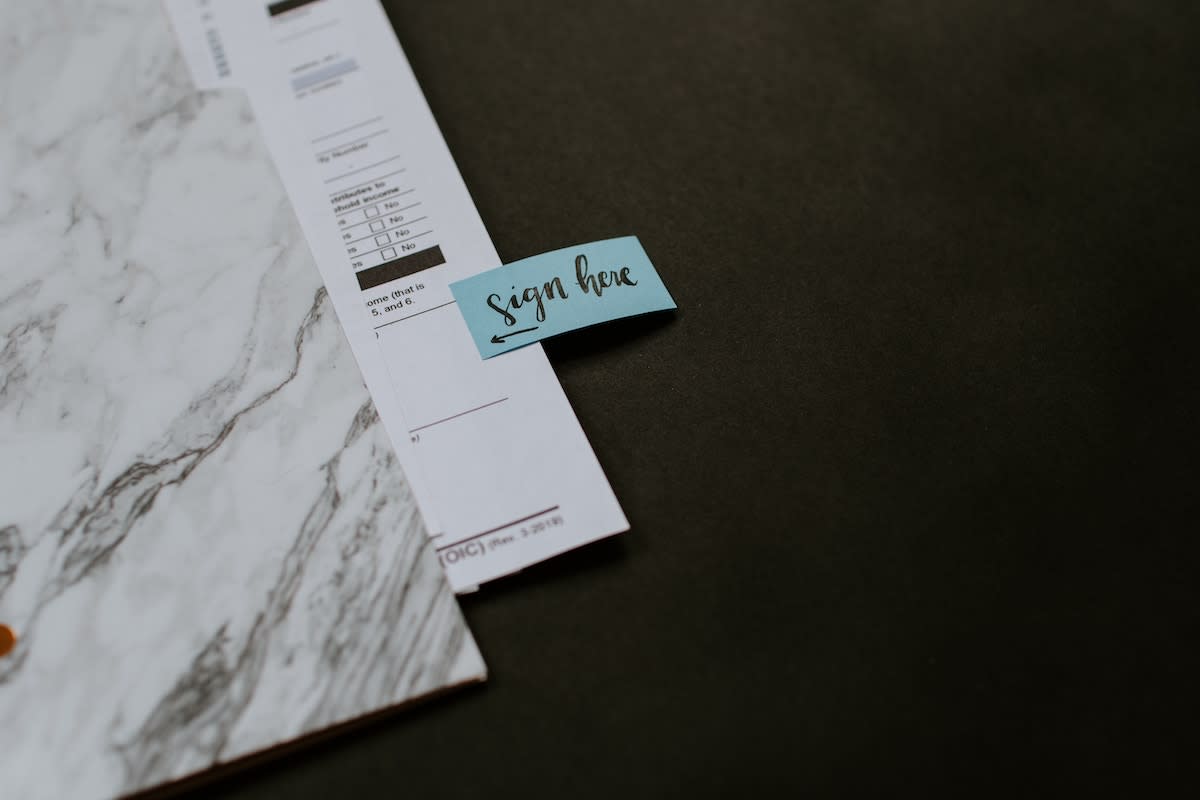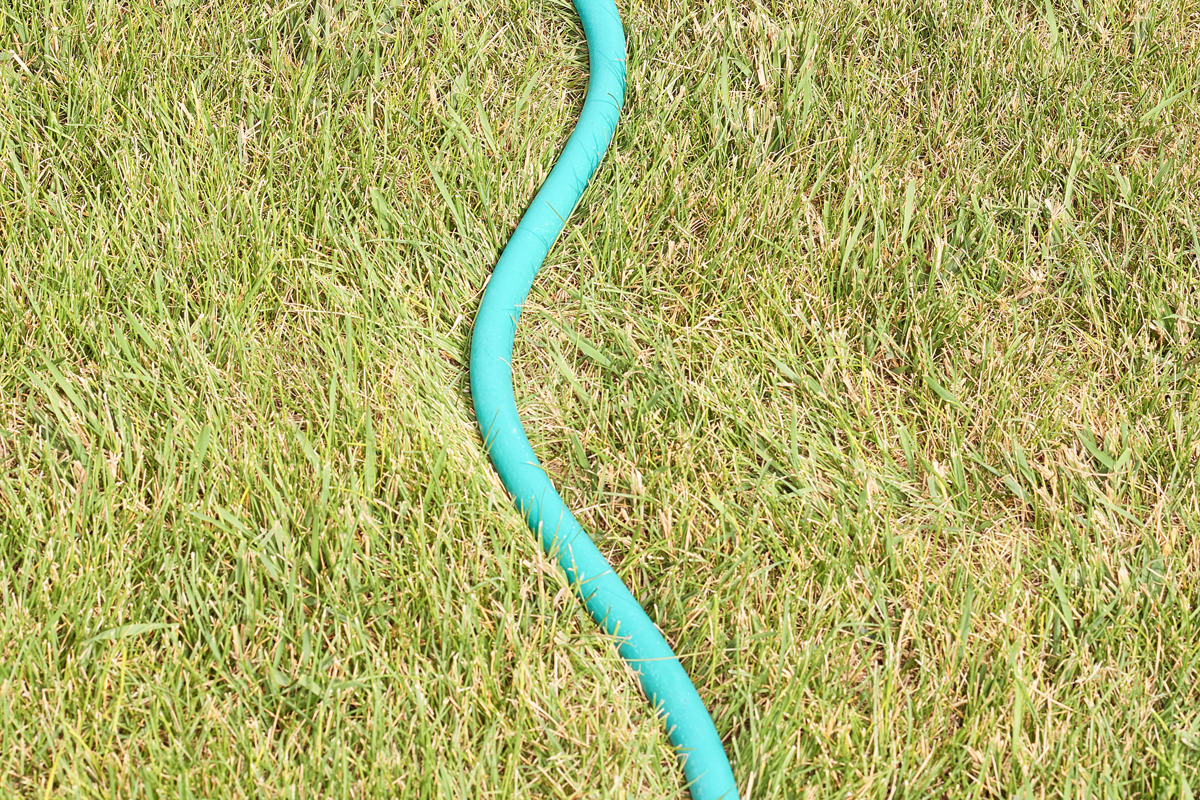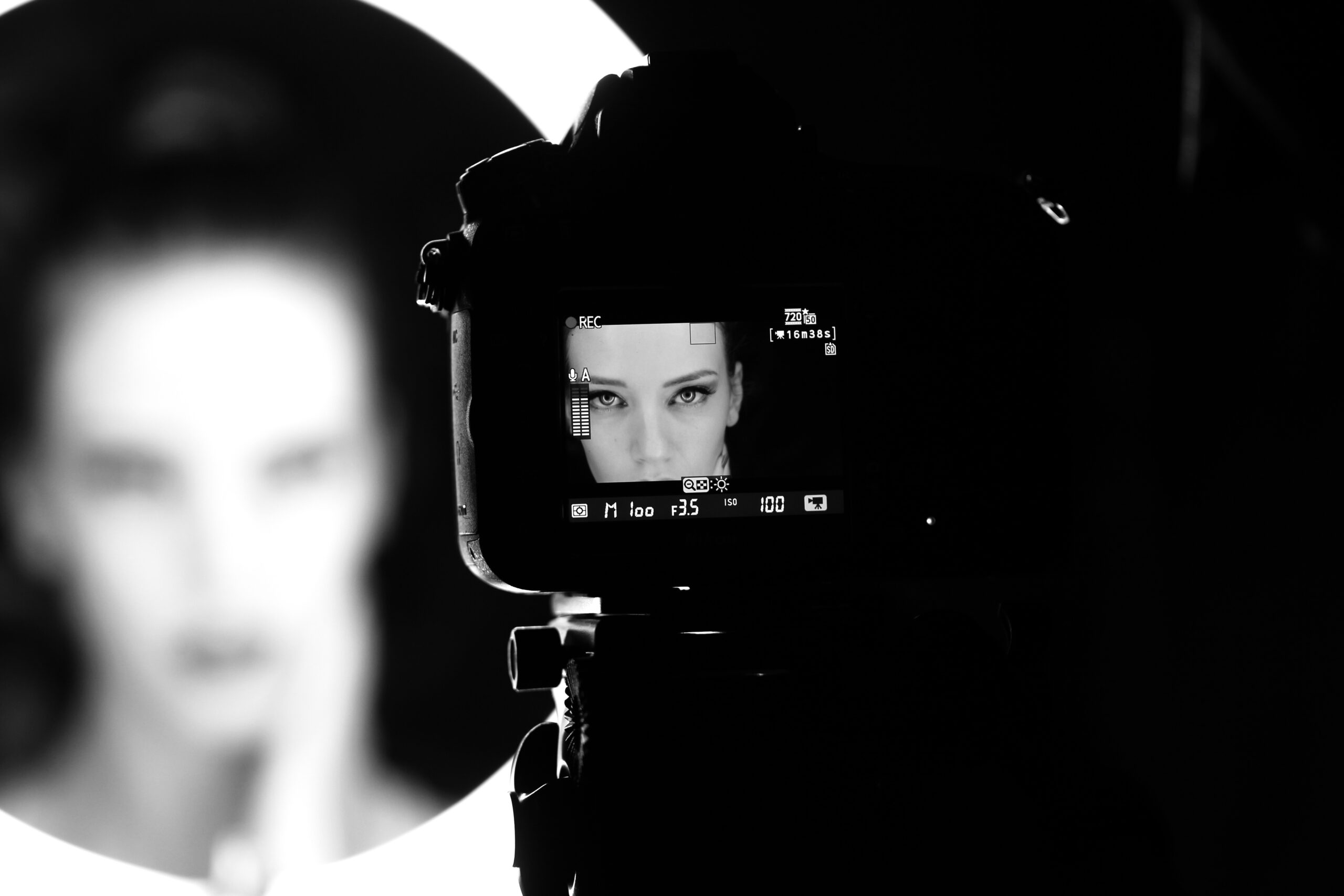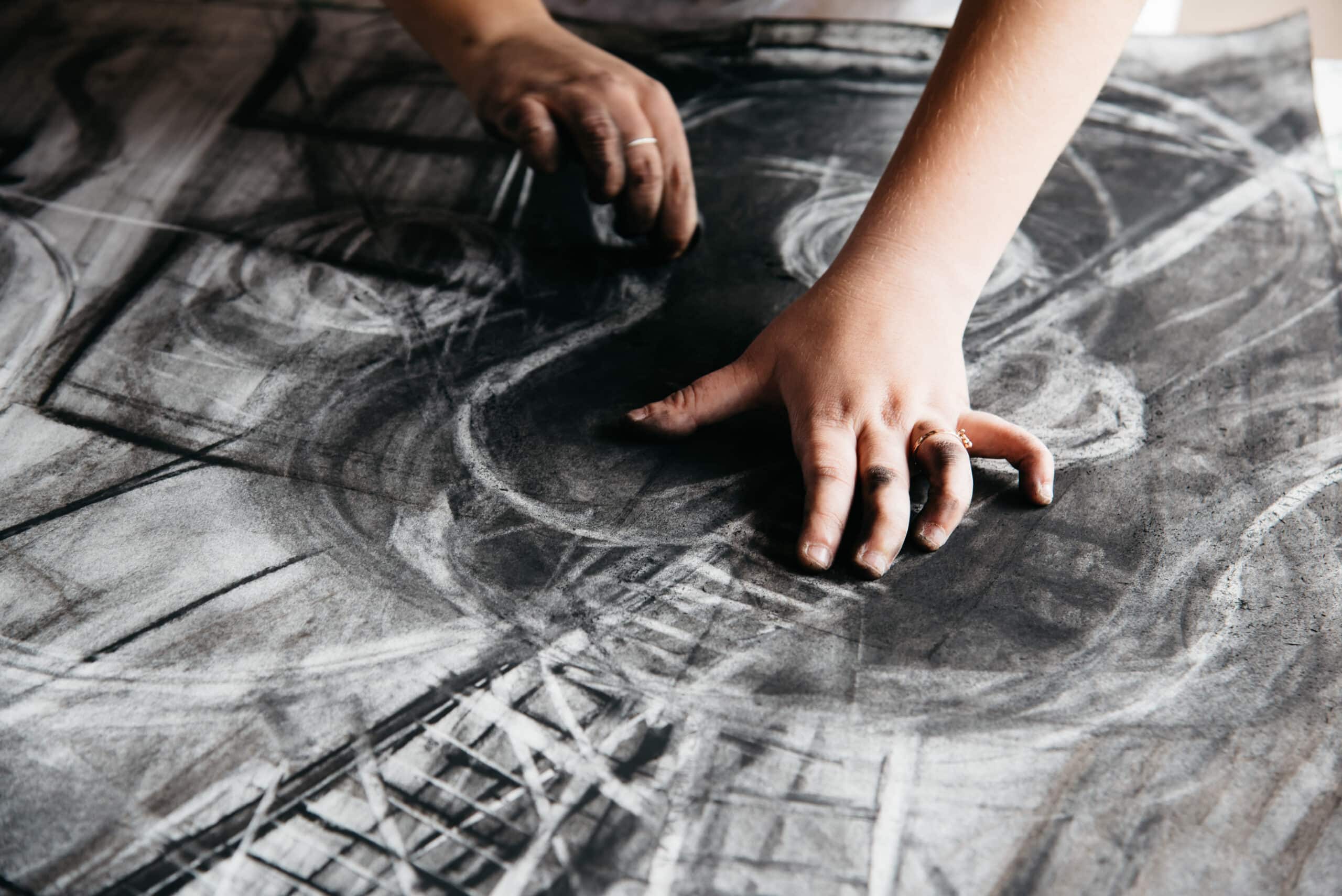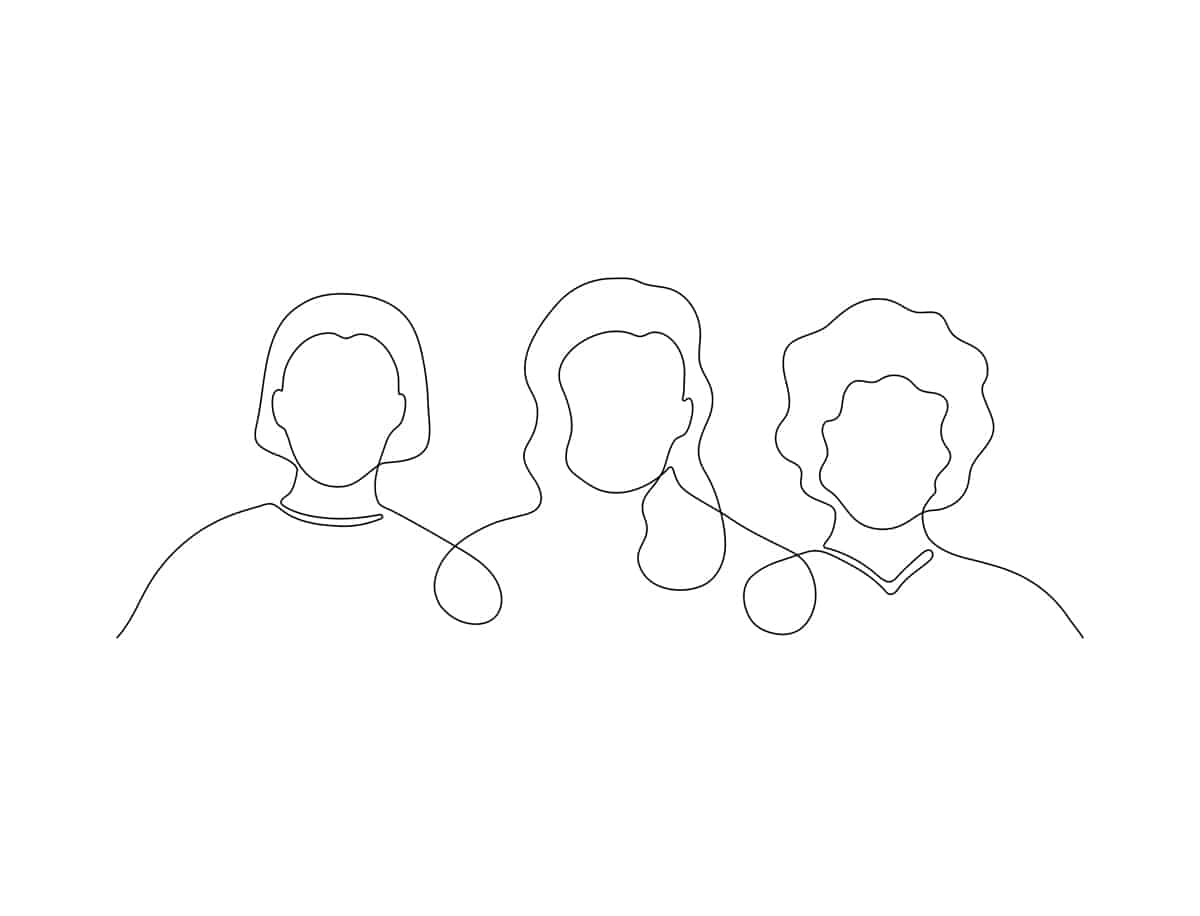Every job comes with those pesky little administrative tasks, and photography is no exception. As great as it would be to be able to snap away all day and to showcase your awesome images in any way you see fit, it’s important that you make sure your work is legally protected. That’s where photo release forms come in. Trust us, they’re not as intimidating as they sound.
A photo release form is a super-important document that will definitely save you from future legal headaches, so you can just focus on building that awesome online photography portfolio the right way. Don’t worry—photo consent forms aren’t too tricky to put together once you know what to include, and using them will help establish you as the professional that you are!
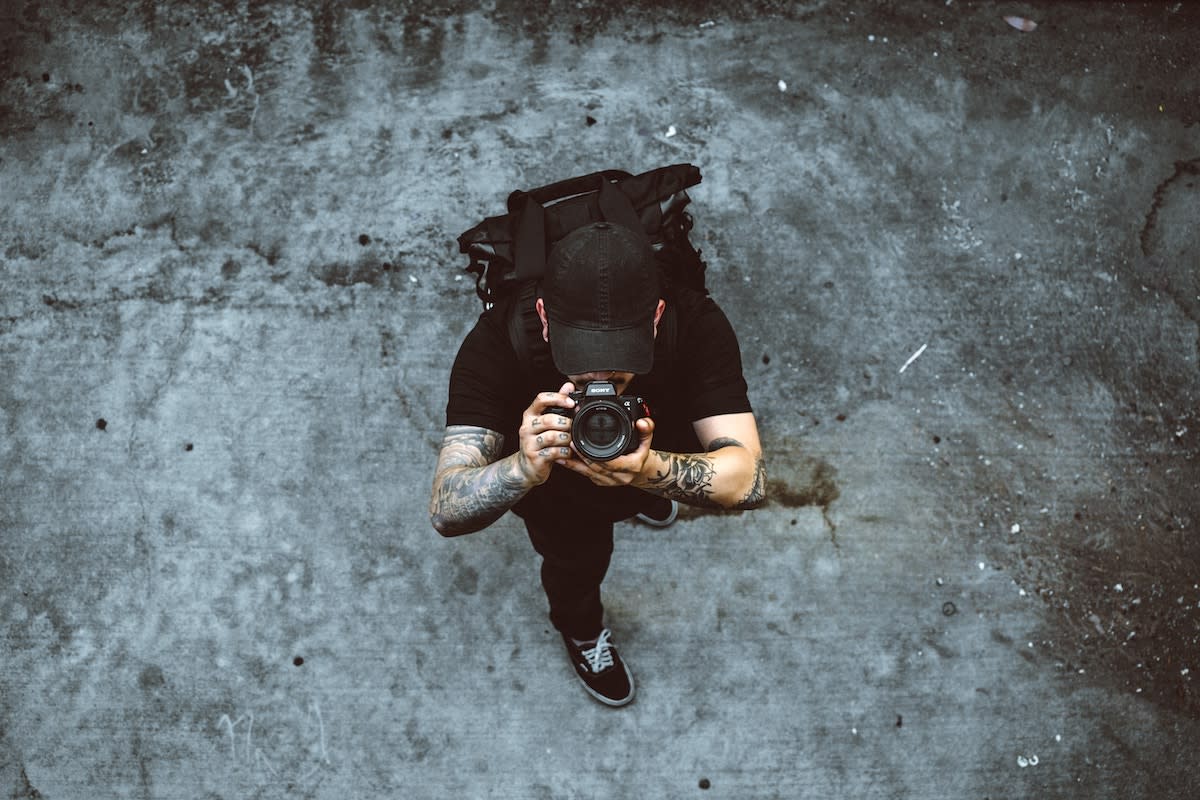
What’s a Photography Release Form, Exactly?
A photo release form is basically a photography contract. It’s an agreement between the photographer and the person you’re photographing, the owner of the property you’re photographing, or your client.
A key aspect of photo release waivers is that they aren’t one-sided. That means it typically shouldn’t just ask that the model or property owner to sign away their rights to their likeness or property and call it a day. There should be something offered in return—called a consideration, in legal terms—so that the photo release is a fair, two-way street. Similarly, if you’re signing over your rights to your images in a media release form, there should be some form of compensation.
Money can be offered in exchange, but that doesn’t necessarily have to be the case. A TFP shoot, in which a photographer provides the model with prints or digitals from the photoshoot, is considered a fair trade, too. The specific details of the photo release are up to you, your model, and your client to work out, but they all basically look the same.
When Do You Need a Photo Release Form?
An image release form is required when the image will be used for commercial purposes. A simple way to determine if the usage is commercial is to ask yourself if the image is generating money; creating sales; or promoting a product, event, or idea. If so, you definitely need a picture release form. If the image is being used for editorial purposes, accompanying a news article or journalism piece, a standard photo release form isn’t necessary.
The distinction between commercial and editorial use can be a little blurry in some situations, so make sure you’re always clear about the limits of the license when you’re licensing an image. For example, a photograph you take of a group of people at an event can be used in a fashion magazine if it’s in a section covering recent events in a journalistic way. But if that same photo were to be used in the same magazine to promote the venue where the event was being held, or the organization hosting the event, that could be considered commercial usage. This example shows why it’s always wise to assume you’ll need a media release form down the road.
Another important question of whether or not the person in the image, or their private property, is identifiable.
This is where things get tricky, though, since there’s a surprising amount of grey area when it comes to what’s identifiable. If someone who is familiar with the person in the image or the property being photographed would be able to identify the subject, that counts as identifiable and you’ll want to have a photo release form in place.
You should also keep in mind that even if you aren’t planning to use or license a photo for commercial at the time that you take it, you never know what might come up in the future. Maybe the perfect licensing opportunity will come up: you don’t want to be caught without a photo release and with no way of contacting the model or property owner.
If you want to run a successful photography business, it’s always better to play it safe and get those media release forms signed right when you’re taking the shots. That way, you can make money off the photo if the opportunity comes up.
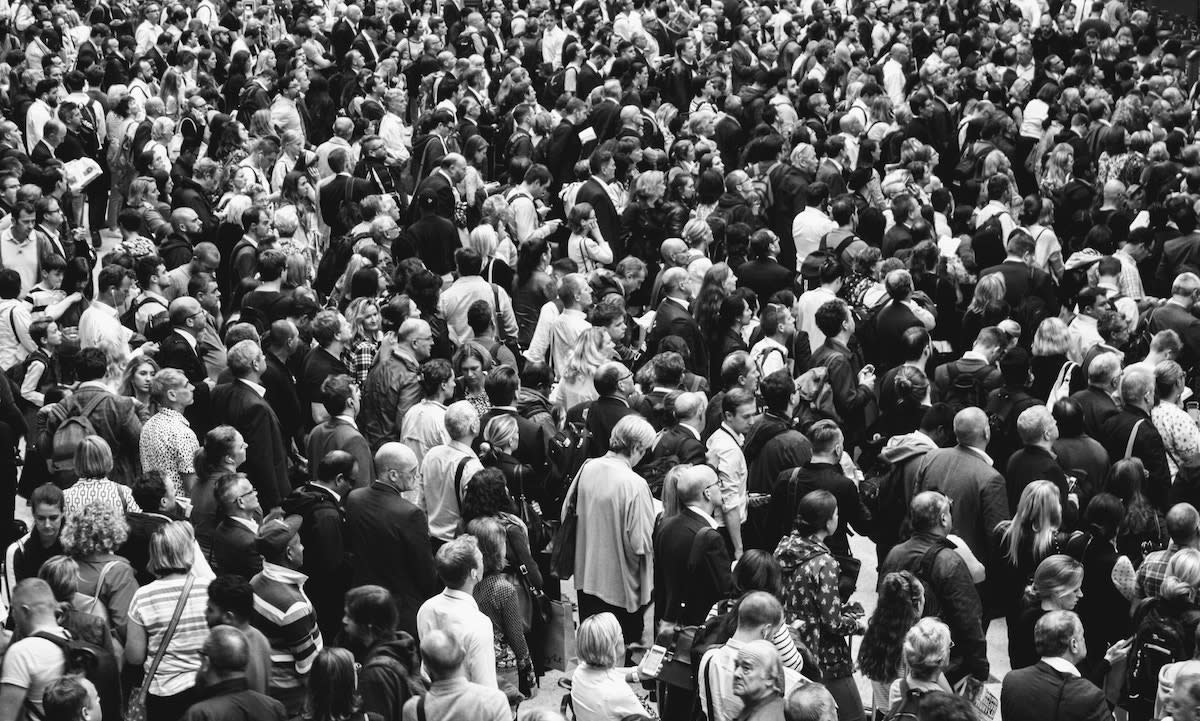
What Does “Private” Mean in Photo Release Forms?
If someone is in a public space, like a park, beach, or sidewalk, it is legal to photograph them. They shouldn’t expect privacy laws to prevent them from being photographed. That means a street photographer can publish candids taken in public spaces, as long as those images are only being used for editorial purposes.
However, if a photographer captures someone when they’re on their private property, a photo release form would be required.
Homes, vehicles, and pets count as private property and should be treated as such in a photography consent form.
Types of Release Forms
There are quite a few different types of photo release consent forms out there, and, while they may be similar, each type of photo release covers a distinct aspect of photo release rights. It’s a good idea to take some time to familiarize yourself with the different types of photography releases, so that you know which to use when it comes to protecting your photos in various situations.
Photo Release Forms
This is often used as a catch-all term for all kinds of releases. Usually when people say “photography release form,” they’re referring to a contract between a photographer and their client or model, outlining how the photo can be used.
A photo release form outlines how the client can use the photos, and any special requirements. For example, if you release the client to use the image commercially but you want them to credit you or add your website under the image, you can specify that in a photo release form.
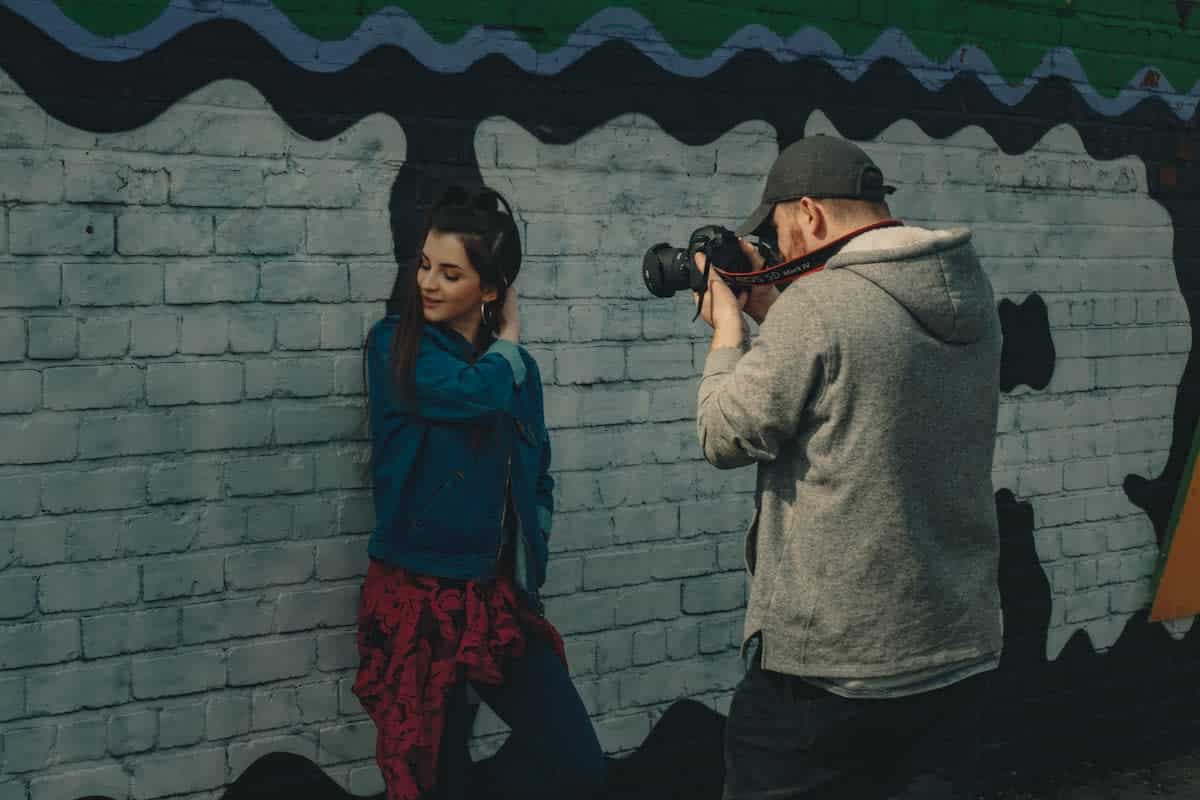
Model Release Forms
A model release form is similar to a photo release form, except the contract is between the photographer and the model. In a model release form, the rights of the photographer to publish the image commercially, or to license it to a third party for commercial use, are outlined.
When it comes to model photoshoots, the publisher usually isn’t going to be you, the photographer. For example, if you’re doing a photoshoot of an author, you might not publish it for commercial use, but their book publisher will probably want to. In that case, your model release form would specify that you can license it to third parties, such as book publishers, to use for commercial purposes such as selling books.
Print Release Forms
A photography print release form is a photography agreement form that you’ll need when someone wants to be able to print your photographs. It’s illegal for your client to print your photos without a photo print release form, so you’ll need to issue these to your clients.
In fact, most high-end print shops know this and will ask for a photography print release before they let a picture go to print. You can find photography print release form templates online for your next gig.
Whether or not you need a photo print release depends on how your client intends to use the images you take. If you shot a bunch of product photos for their ecommerce store, they probably don’t need a permission to print photo release. However, if they plan to use those images in a brochure down the road, they’ll need to get this photo permission form from you.
Property Release Forms
Property release forms are pretty similar to generic photo release forms, except, instead of a person’s likeness, we’re talking about an identifiable piece of private property. Property doesn’t only refer to houses or vehicles. Animals are also considered private property, so if you want to publish a photo of that cute dog across the street for commercial purposes you’ll need to have a property photo release form signed by the property owner.
Architecture photographers should take note of this, in case they ever want to use one of their images commercially.
Building Release Forms
These are basically like property release forms. If you’re shooting a building, that’s someones private property, so you should obtain a building release form if you want to use that image commercially or to license it for a third party to use commercially.

Photo Release Form for Minors
A photo release form for minors is a special type of model photography release form. It’s important that you know if your subject is a minor, since they’ll have to have a parent or guardian present to sign their model release form.
If you don’t have the oversight of a parent or guardian, that model release form likely won’t be considered valid. That could cause a lot of legal trouble for you and your clients in the future if those photos end up being used for commercial use, so make sure you get that release signed the right way!
Photo Copyright Release From
A photography copyright release form isn’t something you’ll end up using all that often, since it transfers all your rights to the image over to the client or publisher. If you take some time to familiarize yourself with photography copyright law, you’ll know that you won’t want to use this type of photo waiver form very often. Think about it: that photo you took for a client and licensed to them for five years could become a good source of money again in the future if you decide to re-license it as stock photography.
However, some kinds of photos really aren’t reusable. If you’re shooting branded photos for a client, or product shots, it’s usually not a problem to sign a photo copyright release form and hand over your rights to those images.

How To Create A Media Release Form
No matter which of these types of media release forms you need, the good news is that it’s such a widely used document that there are tons of photo consent form templates online. There’s really no need to reinvent the wheel a write a new photo release form template from scratch.
Just search for a photo release template, and you’ll come up with tons of simple photo release forms that you can use as the basis of your own. Tools like Law Depot are handy. This one works for people in the U.S., Canada, or Australia, but you can find a version that creates release form templates for different regions as well.
When it comes to photography consent forms, short and sweet is usually best. That’s because most models or property owners will probably feel intimidated by and wary of a huge document filled with legal terms, and they’ll be much less likely to sign their consent if that’s what you hand to them.
Of course, if you’re working on a larger project with your dream client, you should make sure you have a very thorough photo release. But for your usual media release forms, it’s actually a great idea to have a short version that you can carry around with you in your camera bag. It should be clear and to the point, so that the person you’re asking to sign the photo knows exactly what they’re consenting to.
When you’re searching for a photography release form template to use, you can specify what kind of release form you need (model release form, photo print release form template, property release form, etc.), and your country, state, or region. That way, you’ll be able to find something that has been written to conform with the laws in your area. If you’re going to be using the same photography release form again and again, it’s not a bad idea to have a lawyer take a look at it to make sure it’s legally binding. (Remember, we’re not lawyers!)
When you’re filling in the blanks of a photography consent form template, make sure you include as much detail as possible about the specific shoot the forms are for. Specify which image and how many images are covered, the date and location where the shoot took place, the subjects in the image, and any other information that might be relevant.
For planned photo shoots, it’s a good idea to send the photography consent forms and any media release forms to your client ahead of time. This is wise from a legal perspective, since clients should have enough time to review a document, but it’s also polite and shows your clients that you’re thoughtful and professional. That goes a long way in maintaining those client relations! You should also always provide your client with a copy of the photo release. It’s best practice to provide models or property owners with copies of the media release forms they sign as well.
Show Off That Legally Protected Work
Now that you know all the ins and outs of photography release forms, you can confidently share your images on your photography website and know that you have the legal right to do so! If you don’t have a photography portfolio yet, don’t sweat it. Nowadays, with the right website builder, they’re easier than ever to build. You can create one in seconds, with beautiful templates that help you bring out the best in your brand.
Client proofing is a super-handy feature that you’ll also want to look for when you’re choosing your website builder. It allows your clients to access private galleries right from your portfolio, where they can see proofs of images, provide feedback, and make selects. Also, if your model photo release form involves a trade for prints, you can easily have the model select the prints they want to trade for. A built-in online store will also be wonderful for your photography business, since you can sell prints right from your website without worrying about cumbersome e-commerce integrations.
Now that you know how to protect your images, you can focus more energy on your getting your next photography job!
Want more tips for your photography business?
How To Sell More Photos
The Secret to Dealing with an Unhappy Photography Client
How To Market Your Photography Business For Free
